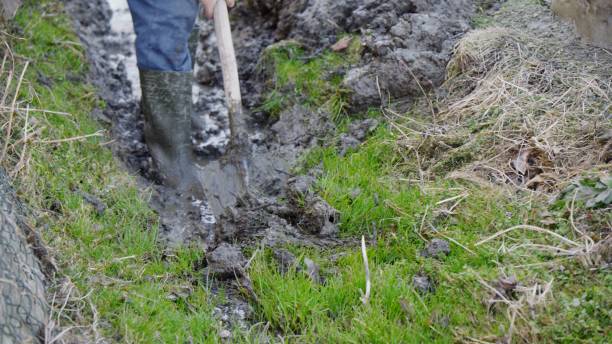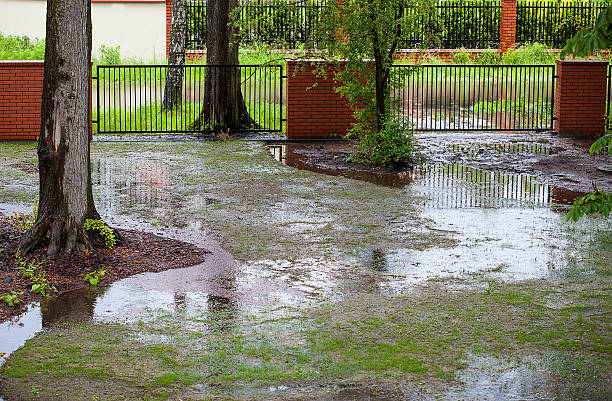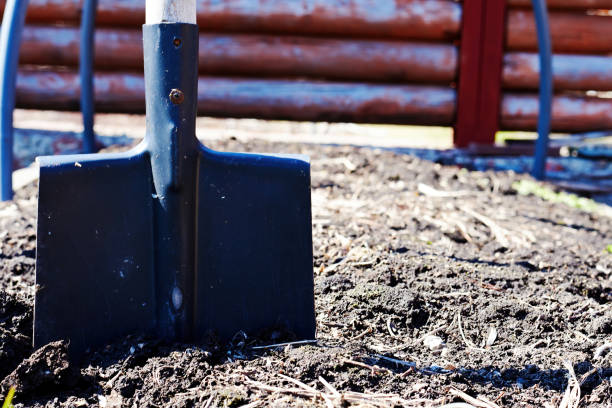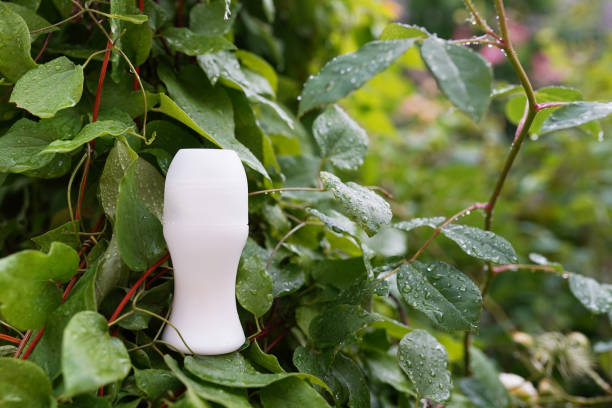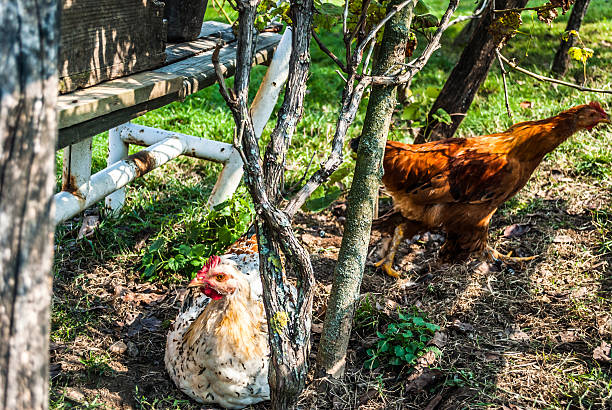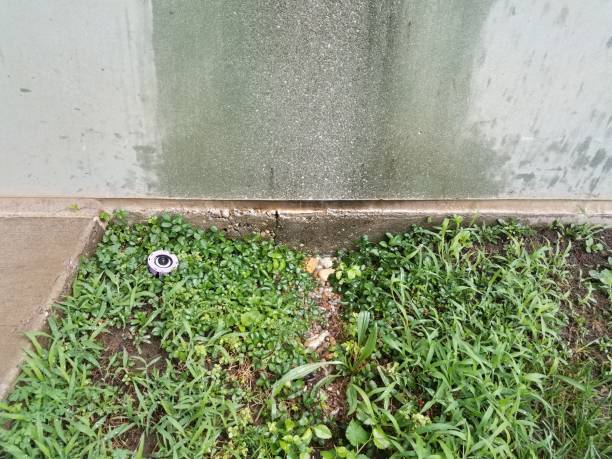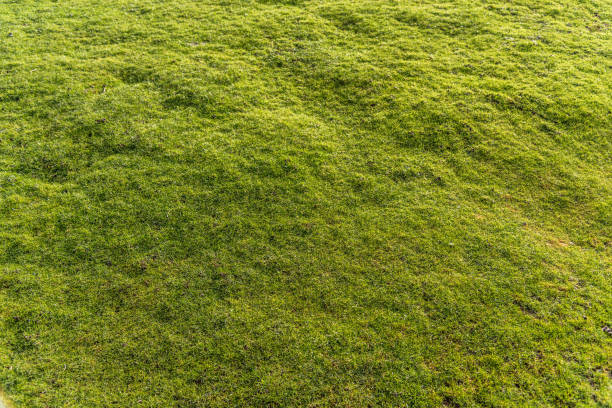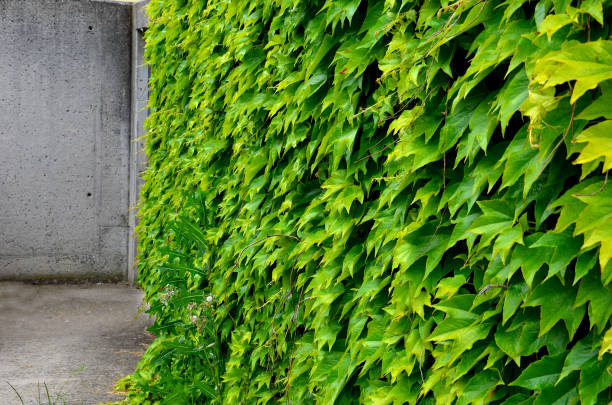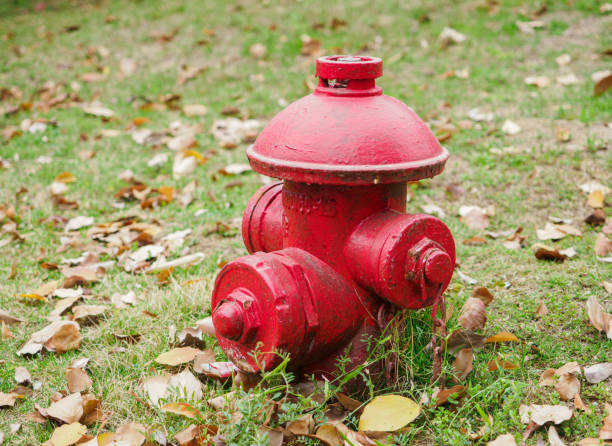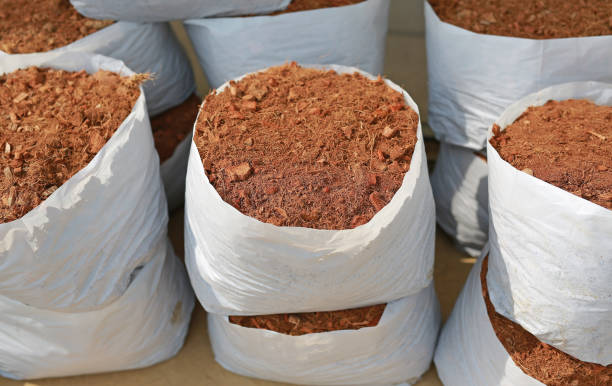How to Cover Mud in Yard
This post contains affiliate links. This means I will make a commission at no extra cost to you should you click through and make a purchase. Read the full disclosure here.
Is your yard plagued by muddy patches that seem to appear out of nowhere, making it challenging to navigate and enjoy your outdoor space? Dealing with mud in the yard can be frustrating, but with the right strategies, you can reclaim your yard and keep it mud-free. In this article, we will explore effective solutions to cover mud in your yard, allowing you to create a clean and enjoyable outdoor environment.
Introduction
When the weather takes a turn for the worse, it’s not uncommon for yards to transform into muddy quagmires. Whether it’s due to heavy rain, poor drainage, or high foot traffic, mud can quickly become a nuisance. Fortunately, there are practical steps you can take to tackle this issue and restore your yard’s functionality and aesthetic appeal.
Understanding the Challenges of Mud in the Yard
Before diving into solutions, it’s essential to understand the challenges associated with mud in the yard. The impact of weather conditions, such as rainfall and snowmelt, significantly contributes to mud accumulation. Additionally, factors like poor soil composition, compacted soil, and inadequate drainage exacerbate the problem, resulting in muddy areas that are difficult to manage.
Assessing the Yard and Determining the Extent of the Problem
The first step in addressing mud issues is to assess your yard and determine the extent of the problem. Identify problem areas where mud accumulates the most, such as low-lying sections or areas near downspouts. Evaluate the soil composition to understand its drainage capacity and whether it contributes to the mud problem.
Implementing Effective Drainage Solutions
Improving drainage is crucial in combating mud accumulation. Several effective drainage solutions can help redirect excess water away from your yard. Consider installing French drains, which are trenches filled with gravel or rock that collect and divert water. Creating swales and berms can also help channel water away, while dry wells provide underground storage for water to percolate gradually.
Enhancing Yard Surfaces for Mud Prevention
To cover mud in your yard, it’s essential to enhance the surfaces. One option is to use gravel or crushed rock, which provides a stable and permeable layer that discourages mud formation. Another option is to install permeable pavers, which allow water to infiltrate the soil while providing a solid surface. Additionally, applying mulch or wood chips can help absorb water and reduce mud in certain areas.
Managing Vegetation to Reduce Mud
Strategic vegetation management can significantly contribute to reducing mud in your yard. Planting grass or ground cover in muddy areas helps stabilize the soil, preventing excessive erosion and mud formation. Utilizing landscaping fabric beneath plants can further inhibit weed growth and improve overall yard aesthetics.
Maintaining a Mud-Free Yard
Once you’ve implemented the necessary measures to cover mud in your yard, it’s essential to maintain them regularly. Regular cleaning and debris removal prevent organic matter from accumulating and contributing to mud formation. Adjusting irrigation practices to prevent oversaturation and addressing potential drainage issues promptly will also help maintain a mud-free yard.
Conclusion
Dealing with mud in your yard can be a challenging task, but by understanding the causes and implementing effective strategies, you can regain control over your outdoor space. Assessing the yard, improving drainage, enhancing surfaces, managing vegetation, and maintaining your yard will all contribute to a mud-free environment. Take proactive steps today to enjoy a clean and functional yard all year round.
FAQs
Can I use sand to cover the mud in my yard?
Using sand to cover mud may provide a temporary solution, but it is not recommended in the long run. Sand can compact easily and become muddy itself, exacerbating the problem. It’s better to explore more sustainable options like gravel, permeable pavers, or ground cover plants.
How often should I clean the yard to prevent mud?
The frequency of yard cleaning depends on various factors such as weather conditions, foot traffic, and vegetation. Regularly remove debris, fallen leaves, and other organic matter that can contribute to mud formation. Aim for monthly clean-ups or adjust based on your specific yard’s needs.
What if my yard has poor soil composition?
If your yard has poor soil composition, it may retain water more easily, leading to muddy areas. Consider improving the soil quality by adding organic matter like compost and implementing soil aeration techniques. Additionally, installing drainage solutions will help mitigate the effects of poor soil composition.
Is it possible to prevent mud entirely in a yard?
While it may be challenging to eliminate mud entirely, you can significantly reduce its presence by implementing effective strategies like proper drainage, enhancing surfaces, and managing vegetation. These measures will help control mud formation and create a more enjoyable yard space.
Can I hire professionals to help with mud prevention?
Yes, if you’re dealing with persistent mud issues or have complex yard conditions, it’s advisable to consult professionals specializing in landscaping, drainage systems, or soil management. They can assess your specific situation and provide expert advice and services tailored to your needs.

